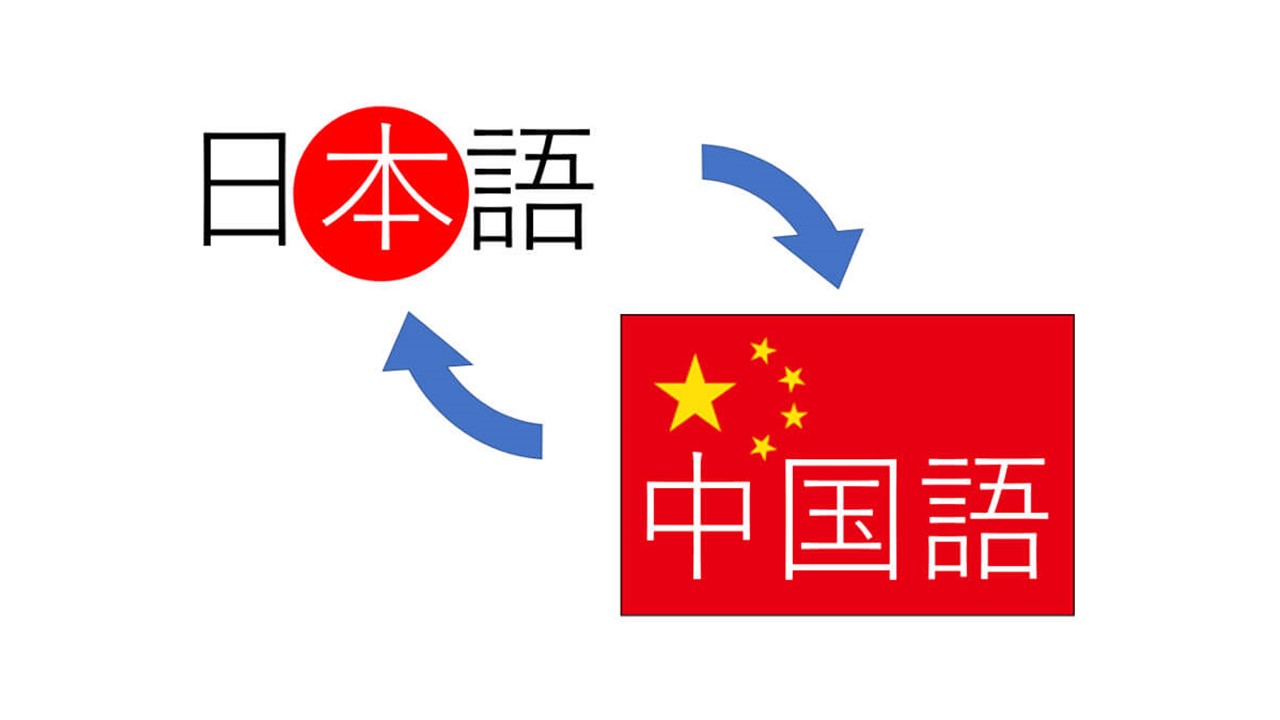There are many Japanese companies that are reluctant to sell their products in China, despite receiving enthusiastic love calls from the Chinese.
The most common reasons we hear for this areChina is quick to take and make fakes and copies."This is the story.
It is true that counterfeit goods are common in China. There are even markets specializing in counterfeit brand products, such as Xiushui Street in Beijing. It is unforgivable that our products, which we have worked so hard to develop, are easily copied and sold at low prices.
However, is it really the right choice for a company to stay in the Japanese market and continue to avoid the huge Chinese market?
Chinese copies are of two types
Attractive Chinese market from a different perspective
4 Ways to Combat Copycat Products
Chinese copies are of two types
In China, there are two types of copies.
Type 1: Low grade copies
These are so-called "grasshopper" (pachimon) products, which are made by imitating only the superficial aspects of the product. The materials, raw materials, and parts used are inferior, and even an amateur can tell the difference. The target customers of such "grasshoppers" are those who are willing to pay less even if the product is a fake.
Type 2: High-grade copies
These are authentic counterfeit products that imitate the originals, including materials and raw materials. An example would be Xiaomi's copy of Apple's iPhone.
Since the procurement of materials and components, design, and performance are all faithfully copied to create a high-performance product, it is essential for the copying side to invest a large amount of money and time.
Japanese companies selling their products in China need to be careful about high-grade copies rather than low-grade copies.
This is because most consumers of low-grade copies do not have the purchasing power to purchase genuine goods in the first place.
However, high-grade copies of their productsBattling with target customersIn many cases, the impact on business performance is significant.
Attractive Chinese market from a different perspective
It would be a shame to refuse to engage with the huge Chinese market of 1,390.08 million people because of fear of copying.
FamousThe story of a salesman who went to Africa to sell shoes*1If you look at it from a different perspective, as in theChina is a business opportunityIt is full of
What's important.Measures based on the assumption that copied products will be available.It is.
A Japanese manufacturer, upon learning that its counterfeit products were being sold in large quantities in China, decided to enter the Chinese market, thinking that if counterfeit brands were so prevalent in China, its authentic products would definitely sell well.
Some companies go to the trouble of purchasing counterfeit brands, analyzing them, studying how they are made cheaply, and feeding the results back into their own products.
Even small and medium-sized companies can be successful in the Chinese market if they can take countermeasures to be competitive based on the assumption that copied products will appear.
I would like to see more Japanese companies doing business with resilience.
Two salesmen selling shoes went to Africa to conduct market research. Upon seeing Africans who did not have the custom of wearing shoes and lived barefoot, one of the salesmen reported to the company, "Africans do not wear shoes, so there is no market for them." The other salesman, however, was not so sure. But the other salesman reported, "The market is endless because no one in Africa wears shoes! The company's salesman reported, "The market is unlimited because no one in Africa wears shoes! You can recognize business opportunities by simply changing your perspective. The important thing is not to assume things.
4 Ways to Combat Copycat Products
➀Increase the speed of new product development
Most manufacturers of copied products do not have the know-how or technical capabilities to develop new products.
Making high-grade copies requires a lot of time and investment.
Frequent new products or model changes may be too burdensome and unprofitable for the copying party and may run out of steam in the process. In the case of a product that is
➁Include features that cannot be easily copied
Copies are usually made using general-purpose raw materials and components. Custom-made raw materials and components are used for important parts that determine the characteristics and performance of the product, making it impossible to easily copy.
*It is also effective to incorporate software that stops machines and devices from working if they are used improperly.
➂Enrich non-product services
By providing a support center, samples, quality assurance to members, free repairs, and other non-product services, users will recognize the advantages of purchasing genuine products. This will also enhance the value of the brand, differentiating it from counterfeit products.
Use a Chinese partner with ➃ anti-copying expertise
Finding a Chinese partner that has the ability to monitor the fast-changing Chinese market and is willing to ask the Chinese government's regulatory department to expose counterfeit products as soon as they are found would help prevent the spread of counterfeit goods.



